“Freedom is never dear at any price. It is the breath of life. What would a man not pay for living?”
~ Mahatma Gandhi
India and its citizens are all geared up with a feeling of patriotic exhilaration to celebrate their 74th Independence Day this year on 15th August, which is celebrated with outstanding pomp and exhibit throughout the country every year on 15th August.
This big day is a reminder for every citizen of India about the beginning of a new era and of liberation from the British colonialism that lasted for about 200 years.
The Indian struggle for Independence was a lengthy and exhausting one. It is an emotional day for all of us, and homage is paid to all the martyrs who contributed their sweat and blood to make India an independent country.
People with diverse cultural and religious backgrounds come together to celebrate this auspicious day.
As we enter our 74th year of Independence, here are some interesting facts that are still unknown to many. Here is the list of Unknown facts about Indian Independence that everyone must know.
Did you know the date of our Independence was chosen by Lord Mountbatten?
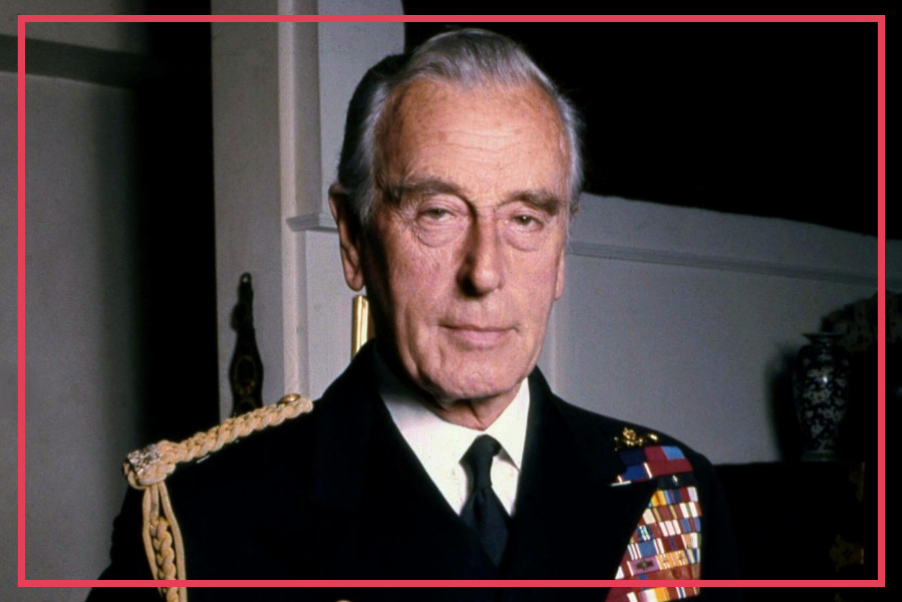
What is usually forgotten within the nationalistic histories of the day is simply how chaotic Independence was. After two hundred years of holding on to India by any approach they could, the British were destroyed by World War II and wished to get out as quickly as possible. Vital decisions – like the precise date of transfer of power – were chosen using less than ideal strategies. Once the last British Viceroy, Lord Mountbatten, was asked why he selected August 15 as the day of handy over power to Indians, this was his reply:
“The date I selected came out of the blue. I selected it in reply to a matter. I was determined to point out that I was the master of the entire event. After they asked: had I set a date, I knew it had to be soon enough. I hadn’t worked it out precisely then – I believed it had to be August or September and then I went to intent on the fifteenth of August. Why? As it had been the 2nd anniversary of Japan’s surrender in World war II.”
August 15, 1945, was when Japan surrendered after it was pulverized by two nuclear bombs. The date had a private appeal for Mountbatten as he had been Supreme Allied Commander of South-East Asia Command and had accepted the Japanese surrender himself in Singapore.
South Korea – at the time colonized by Japan – conjointly celebrates this day as their Independence Day. As an incredible coincidence, both the countries reference a similar event: Japan’s surrender.
Interesting fact: 15th August is not only Independence Day of India, rather five other countries like South Korea, North Korea, Liechtenstein, Bahrain, and the Republic of Congo also celebrate their Independence Day on the same date.
Did you know our National flag was not designed by Mahatma Gandhi?

We are of the notion that it had been Mahatma Gandhi who designed our Indian flag, whereas, in reality, Pingali Venkayya was the one who designed our flag in 1921. A revolutionist who designed the flag showcasing two colors that are red and green that signified two communities respectively.
However afterward, Gandhi asked him to add white color in the center with a spinning wheel referred to as Ashok chakra. According to him, white will signify remaining communities, whereas the spinning wheel will be the sign of progress.
Did you know that the partition of India actually took place two days after Independence?
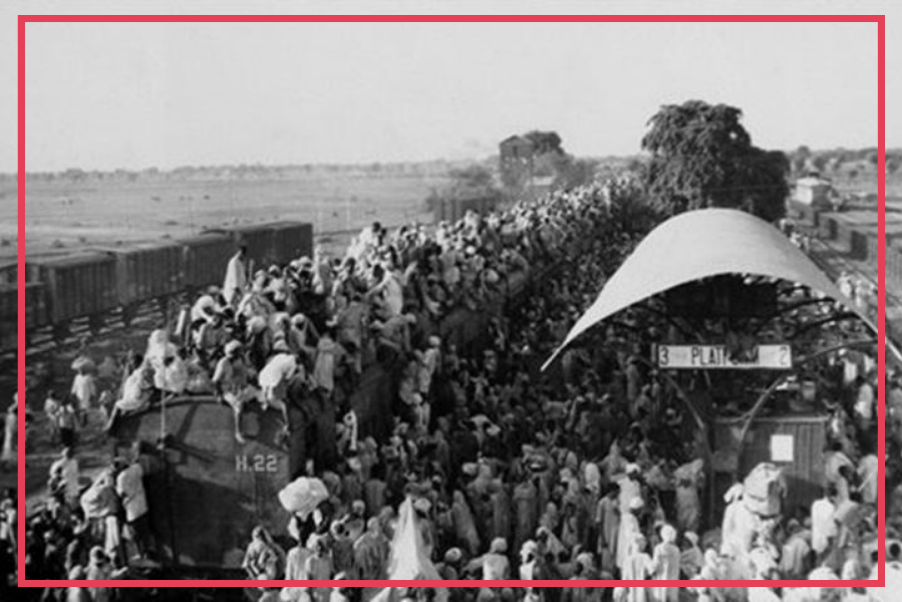
It was well-known that Punjab was a tinderbox and splitting it would nearly actually exacerbate the situation. A way to keep things in check was to announce Partition before Independence, therefore giving warning beforehand just in case anyone needed to migrate. Thus, we have Evan Jenkins, the Governor of Punjab writing frantic letters to Mountbatten to possess the Boundary Award published before August 15.
Given this urgency, Sir Cyril Radcliffe, working in record time, really had the boundary prepared by August nine. Shockingly, Mountbatten refused to publish the award until August 17. On the morning of August 15, while Punjab had ceased being subjects of the dominion, surreally, they failed to apprehend whether or not they were citizens of India or Pakistan.
The reason behind the delay was to make it unquestionable that the British troop had failed to bear any responsibility for the Punjab riots, as the killings would turn up brutally once the Boundary Award was published and imposed. In a report to the Secretary of State for India on 16 August, Mountbatten writes:
“…it had been obvious right along that the later we delayed publication [of the Punjab boundary award], the less would be the inevitable odium reaction upon the British”.
As expected, the delay in the publishing and imposition of the Boundary Award greatly impacted the citizens of Punjab. A panic state arose as the citizens were not aware of how the minority population which would migrate to the other country live. Will they be living under a ‘hostile’ government instead of the British government? These questions were left answered for the citizens who were about to migrate from one place to another.
Thus, once the boundaries were finally proclaimed, Punjab merely exploded into violence. The result that followed was unprecedented and saw both halves of the province empty themselves of their minorities.
Did you know India didn’t receive Purna Swaraj till 1950?
From the Congress’ view, the Purna Swaraj resolution of 1930 occupies a special place. It was for the first time when the party had declared complete independence as its goal moving on from dominion standing.
Therefore, it’s somewhat ironic that once India eventually acquired freedom on August 15, 1947, it became a dominion: a constitutional monarchy with King George VI (styled the “King of India”) as its head of state in much the same mold as Australia or Canada today.
Unlike those two countries, though, India abolished the monarchy, turning into a republic on January twenty-six, 1950. Pakistan remained a dominion right until 1956. Consequently, in 1953 when Elizabeth II was sworn in, one amongst her titles was “Queen of Pakistan”.
Did you know during our first Independence Day we did not have a National Anthem?

Our national anthem Jana Gana Mana written by Gurudev Rabindra Nath Tagore, to pay respect to Emperor King George V.
He sang the song on December 27th, 1911, at Calcutta (now Kolkata) on the day of the Indian National Congress Convention that was conjointly attended by the King.
So, what does Jana Gana Mana truly mean?
Jana Gana mana adhinaayak jaya he: who is this “adhinayak” (superhero) of “Jana Gana Mana” (in the minds of the people)?
Bharat Bhaagya Vidhata: who precisely is our “Bhaagya Vidhata” (lord of destiny)?
Gaye tava jaya gaatha: who is this “Tava” (your) whose “jaya gaatha” (story of victory) we all sing?
It had been originally written to welcome and praise King George V!! The “Adhinayaka”, our “Bhaagya Vidhata” is King Geroge V, and it is the King of England’s “Jaya Gaatha” that we sing each morning in our schools!
Penned by Bankim Chandra Chattopadhyay in Ananda math, ‘Vande Mataram’, the song and also the war cry, was similar to India’s fight for independence. It was first sung on a political stage at the 1896 session of the Indian National Congress, fifteen years before Rabindranath Tagore’s ‘Jana Gana Mana’ made its debut there on December 27th, 1911.
Interesting fact: Nehru Ji selected the current national anthem as opposed to Vande Mataram because he thought that it might be easier for the band to play.
Did you know our national flag was not hoisted on 15th August initially?
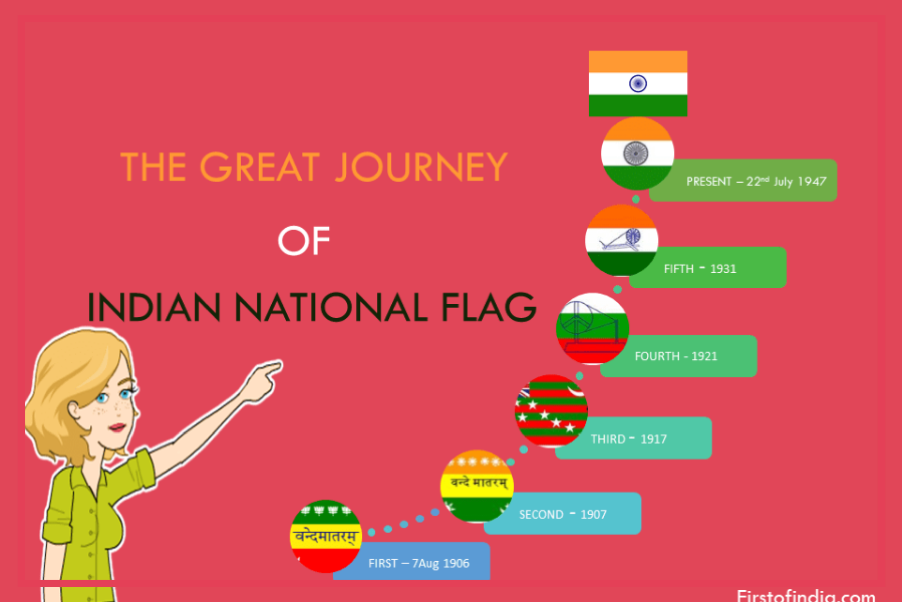
The national flag was first hoisted at the Parsee Bagan sq. in Calcutta (now Kolkata) on August 7, 1906. The older version of the flag had three horizontal stripes of red, yellow, and green color. The red stripe at the top had eight white lotuses imprinted on the flag in a line. On the yellow stripe that is the second line had Vande Mataram written in Hindi. There was a white sun on the left and a white crescent and star on the right imprinted on the green stripe.
Did you know Jawaharlal Nehru did not win the first prime minister elections?
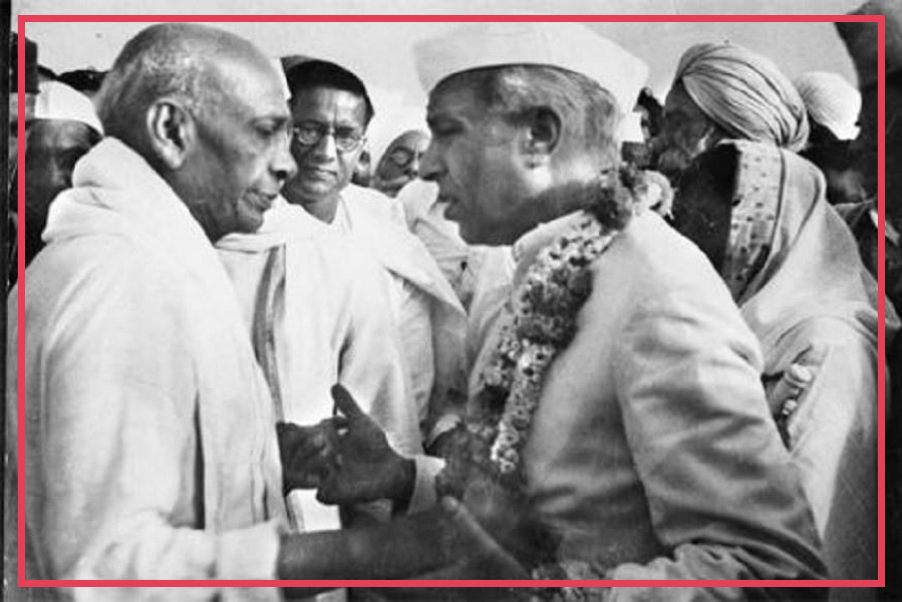
During the first prime minister election, Nehruji didn’t win. It was Sardar Vallabhbhai Patel. The decision to make Nehruji the Prime Minister was not unanimous. Nehruji was keen that “either he would take the number one spot or stay out.”
Nehruji and Gandhiji being too close to each other also favored Nehruji in becoming the first prime minister.
Do you know what the name of our country “India” means?
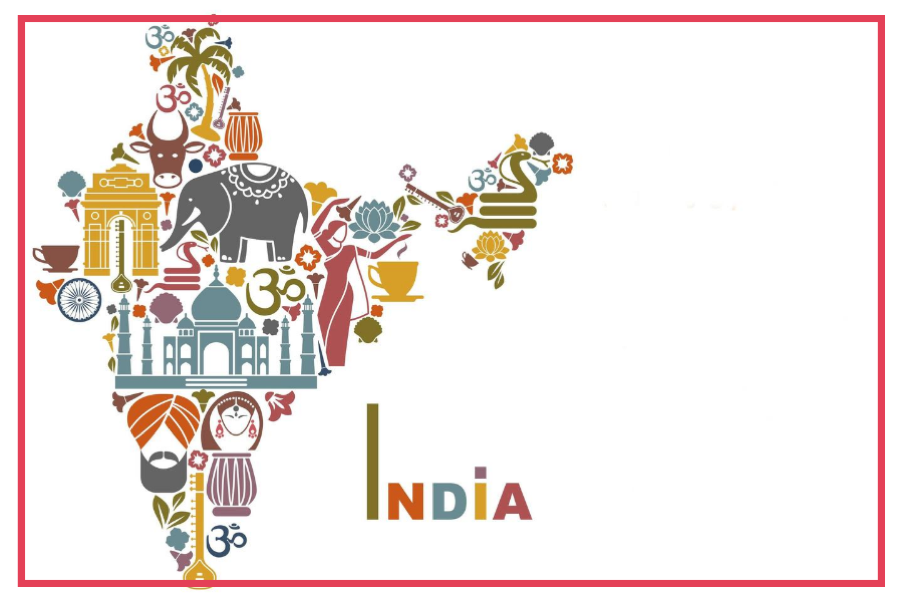
The official name of the Republic of India was derived from the Sanskrit language name ‘Sindhu’ that stated Indus River.
By the time the Persians conquered both, the then Indian subcontinent and Balkan nation in the fifth century BCE, ‘Sindhu’ became ‘Hindus’ to mark the ‘land of Hindus’. From the Greek Herodotus (4th century BC) ‘Hindus’ evolved to ‘Indos’ and created its first-ever look in Old English in the ninth century. Finally, in the 17th century, as ‘Indos’ created a way to Modern English, the name ‘India’ came into existence.
Although the name was inspired from the Indus, the stream currently runs largely through Pakistan, Jammu & Kashmir in India and western Tibet.
When the first Constitution of India came into existence on 26th January 1950, Bharat was assumed to be the other official name of the Republic of India.
Derived from the Sanskrit language term ‘Bharata’ meaning ‘the cherished’, this name dates back to the traditional ‘Hindu Puranas’ (Hindu scriptures) that tells the story of the legendary Emperor Bharata, the first conqueror of the complete Indian subcontinent and the Republic of India.
Bharata is believed to be the founding father of the renowned Bharata dynasty. Therefore, after he conquered the Indian land where he and his descendants dwelt, it began to be referred to as ‘Bharatavarsa,’ where varsa meant ‘land’ or ‘continent’.
The other common name of Bharat is Hindustan. This is yet one more name that has historical significance. ‘Hind’ is the Persian equivalent of Iranian ‘Sindh’ that refers to the Indo-Aryans while ‘stan’ in Persian suggests ‘land’ or ‘country,’ very similar to ‘sthana’ in Sanskritic language meaning ‘place’. During British rule in India, the term ‘Hind’ was widely used for the north and north-western subcontinents of India where Indo-Aryan culture was powerfully based.
Today, Hindustan is not any longer the official name of India, however, it’s a popularly used term for India.
Do you know when the Hindi language was adopted as our official language?
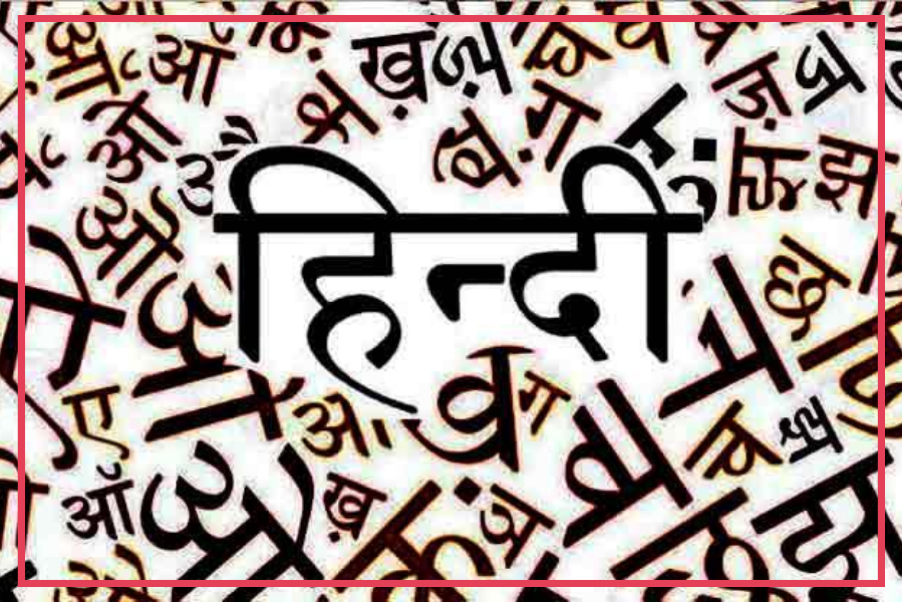
Hindi is not our national language. It was adopted as the official language of India on 14th September 1949. Later on, in 1950, it was declared in the Devanagari script as the official language of India. Since then 14th September is recognized as Hindi Diwas and is celebrated every year.
Conclusion

So, on the occasion of India’s 74th Independence Day, we have come up with some interesting facts about India and its Independence. Many of us are surprised to read them whereas many of us are wondering how come these facts were still unknown to us. Well, now you aware and you should be even more proud to be a citizen of India. Let us celebrate this Independence Day with utmost pride and joy. Here’s wishing you all Happy Independence Day Eve!
“Carried with care, Coated with pride, Dipped in love, Fly in glory, Moments of freedom in shade of joy. Proud to be an Indian.”
We hope you enjoyed this blog on Unknown facts about Indian Independence. We would love to hear your thoughts on this blog.
Please comment below and if you like this blog share it with your friends and family.
Please subscribe to our newsletter so you don’t miss any of our blogs – Click here to Subscribe!
Socially Desi is a blogging website which focuses on Personal Development, Mental Health, Minimalism, Business & Entrepreneurship, Life Hacks and Relationships
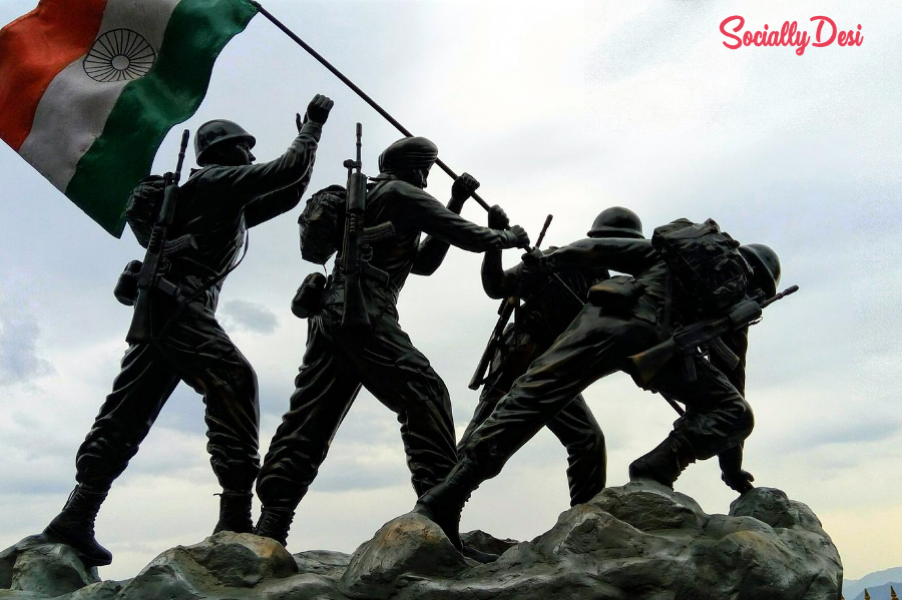
Got to know a lot. Proud to be an Indian.
Nice article